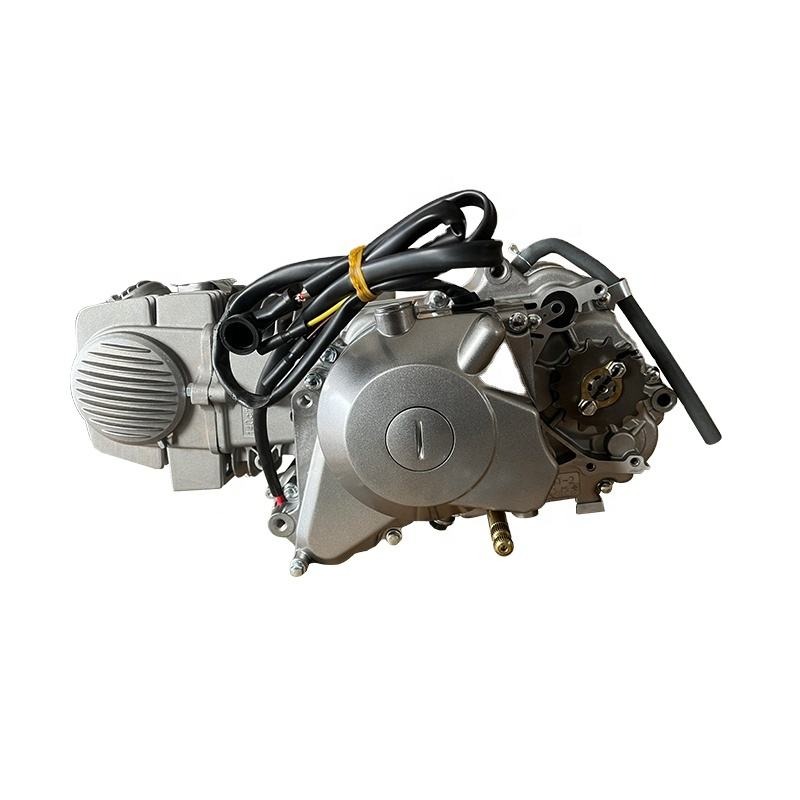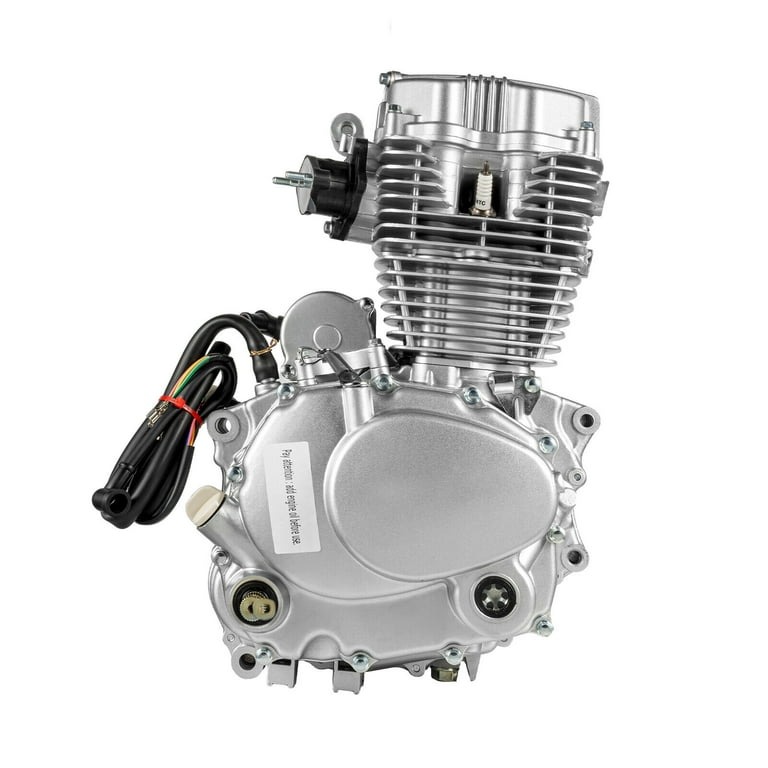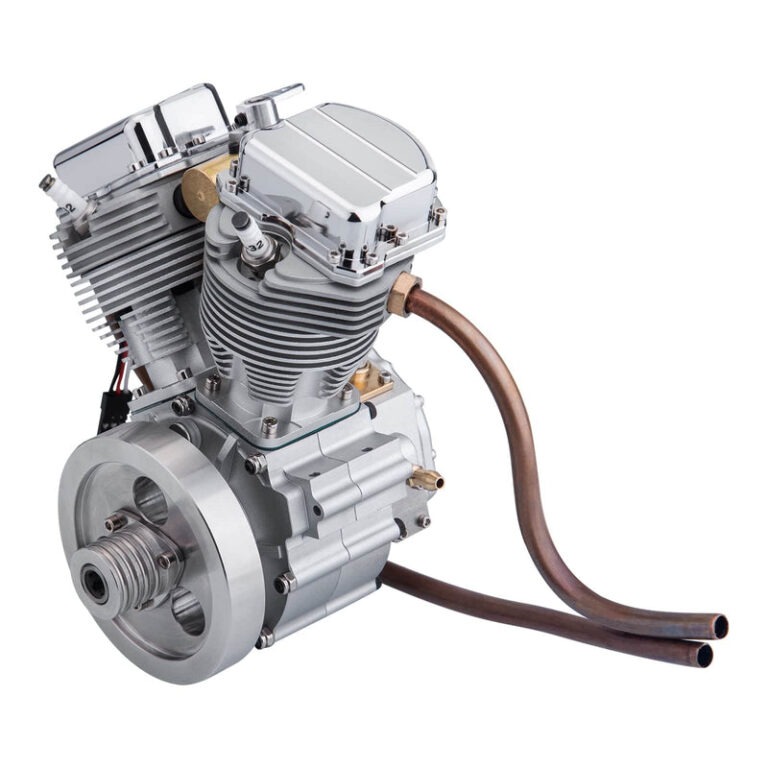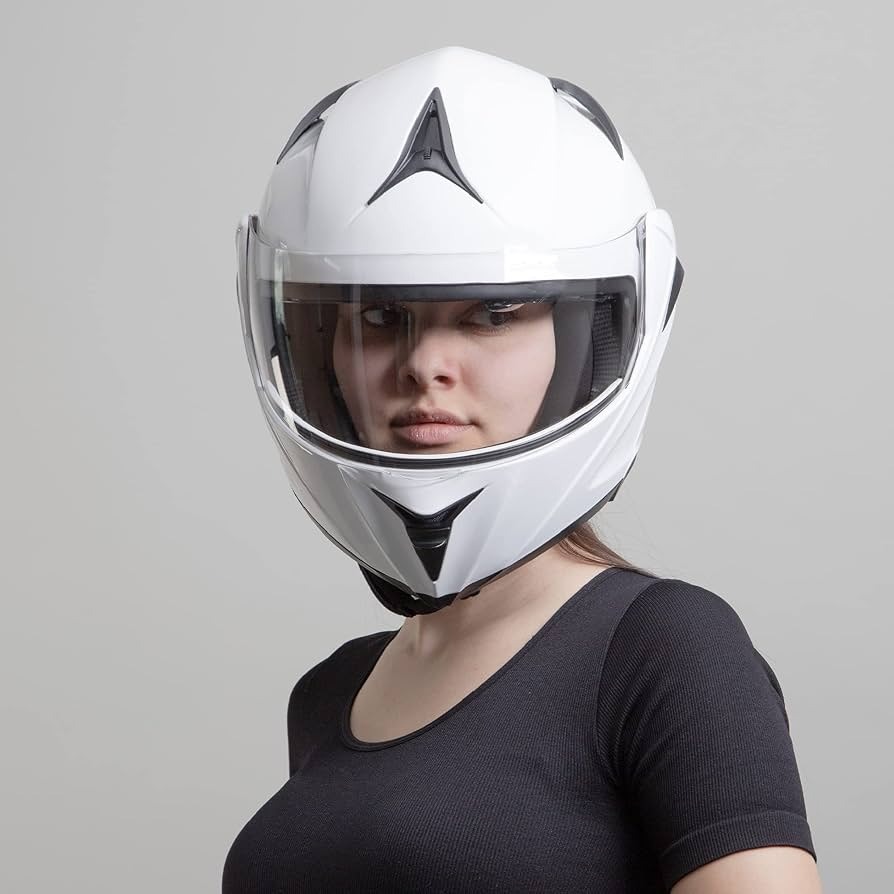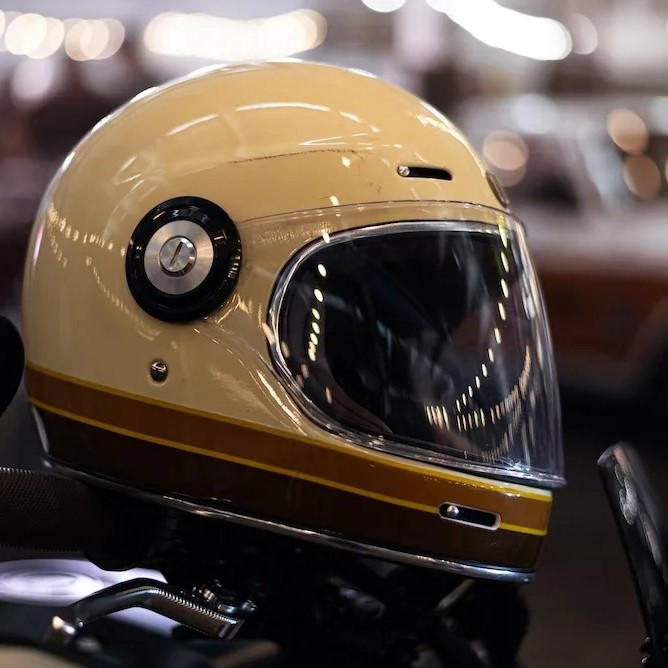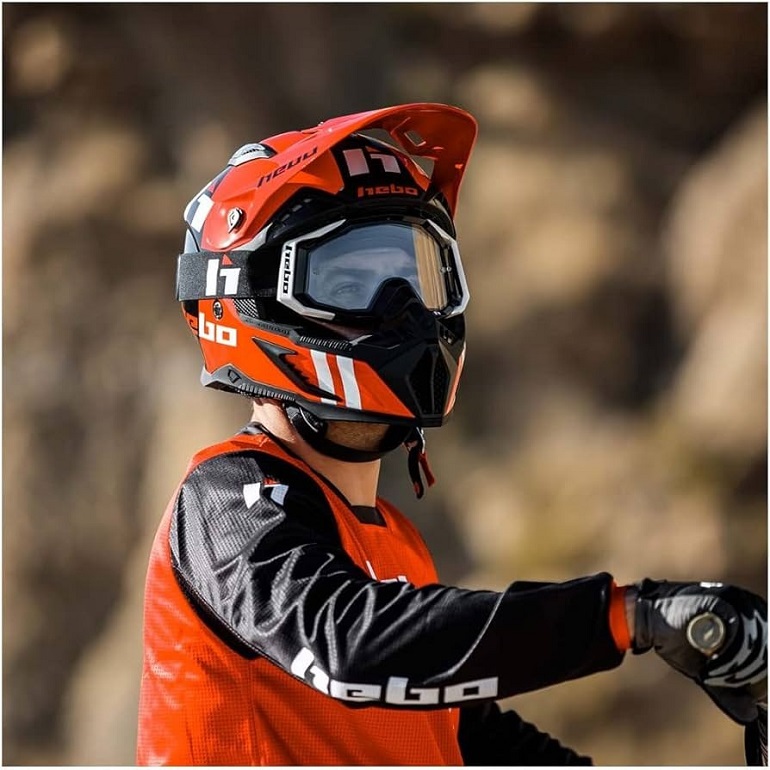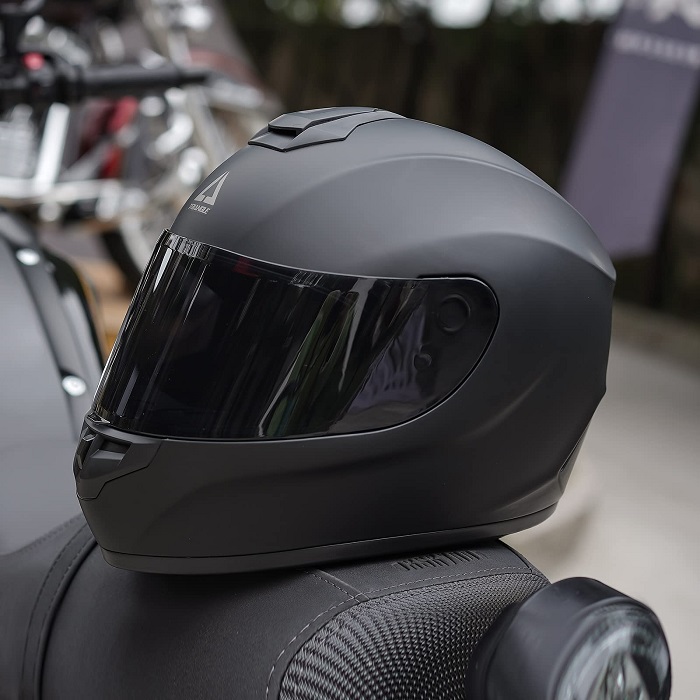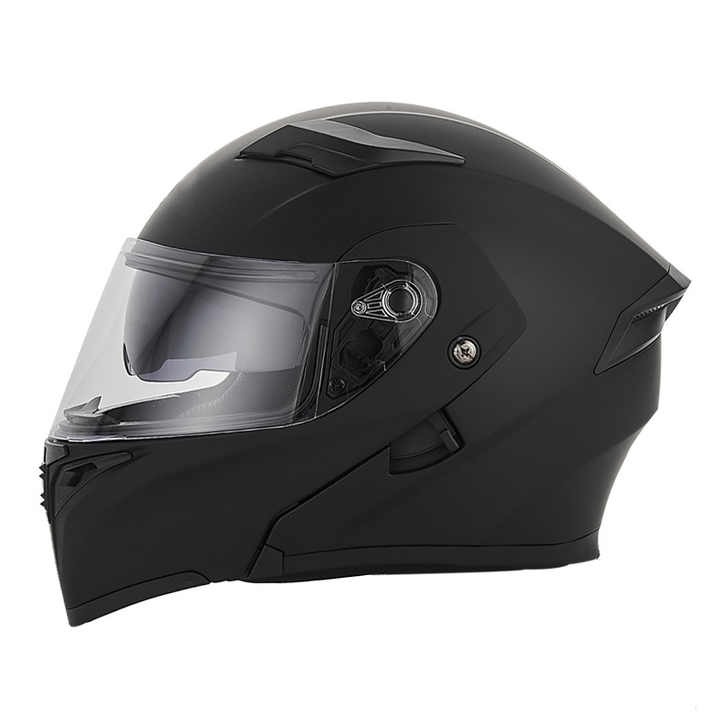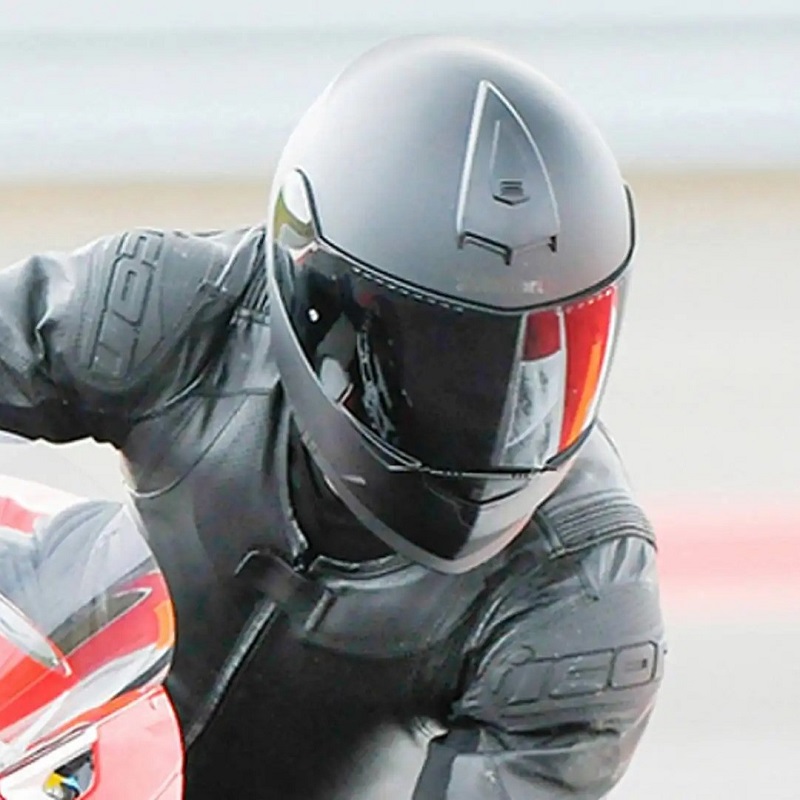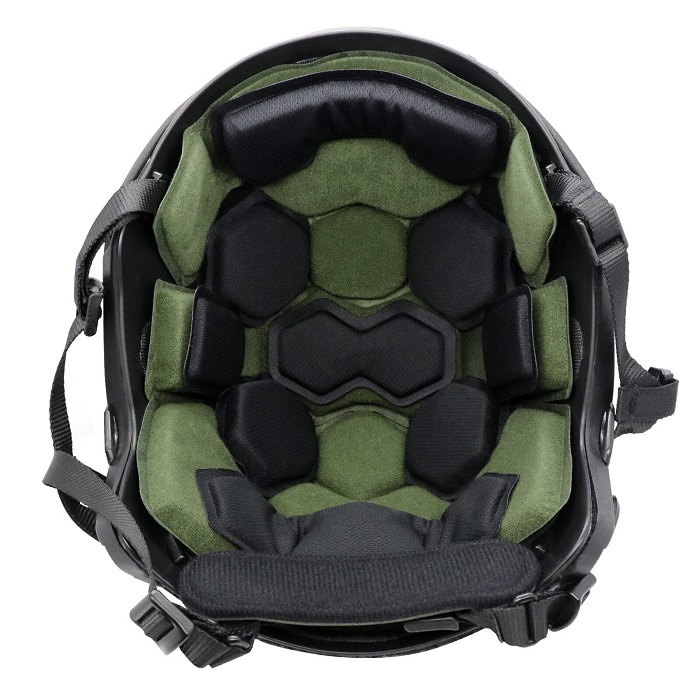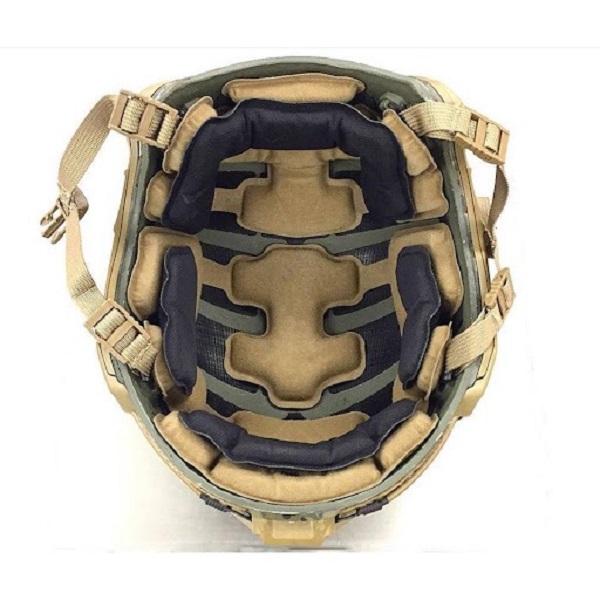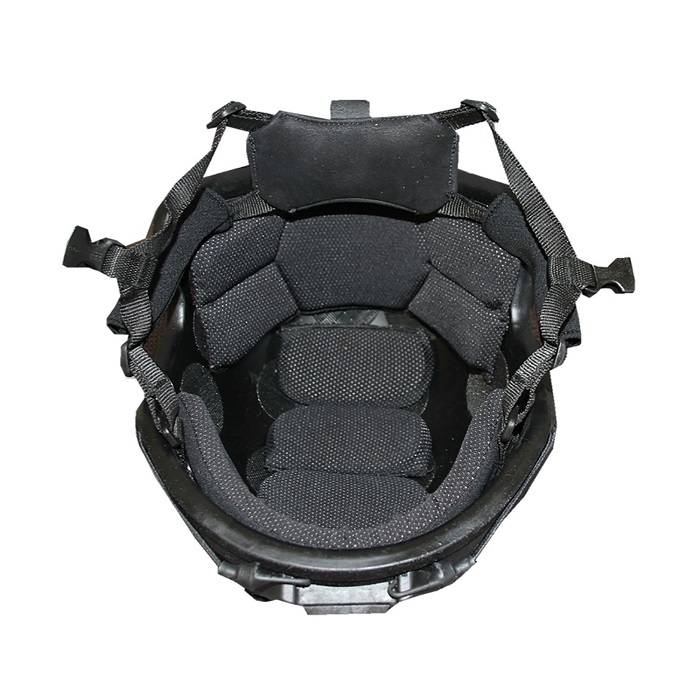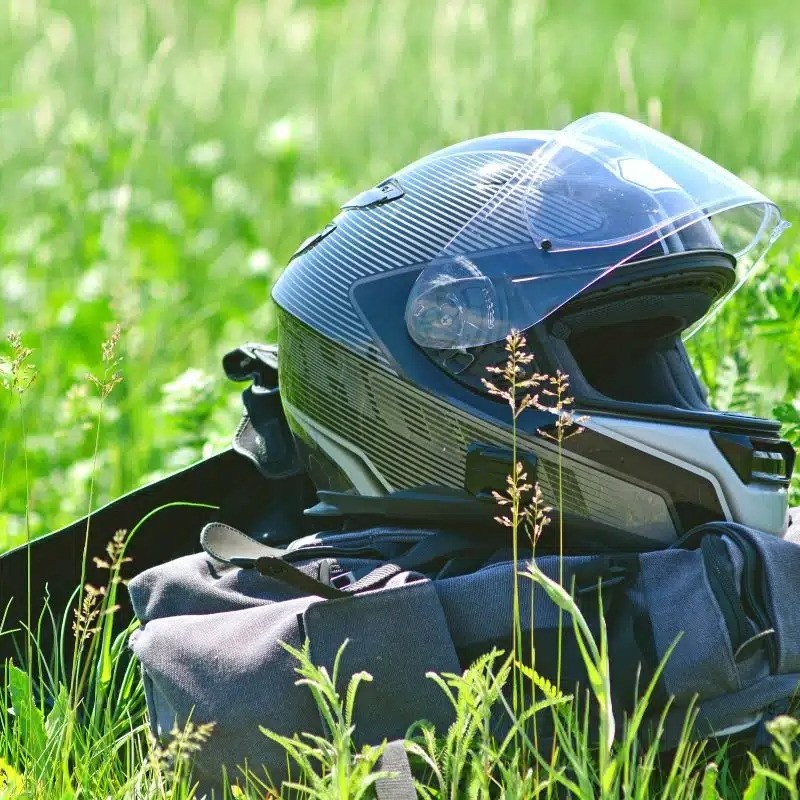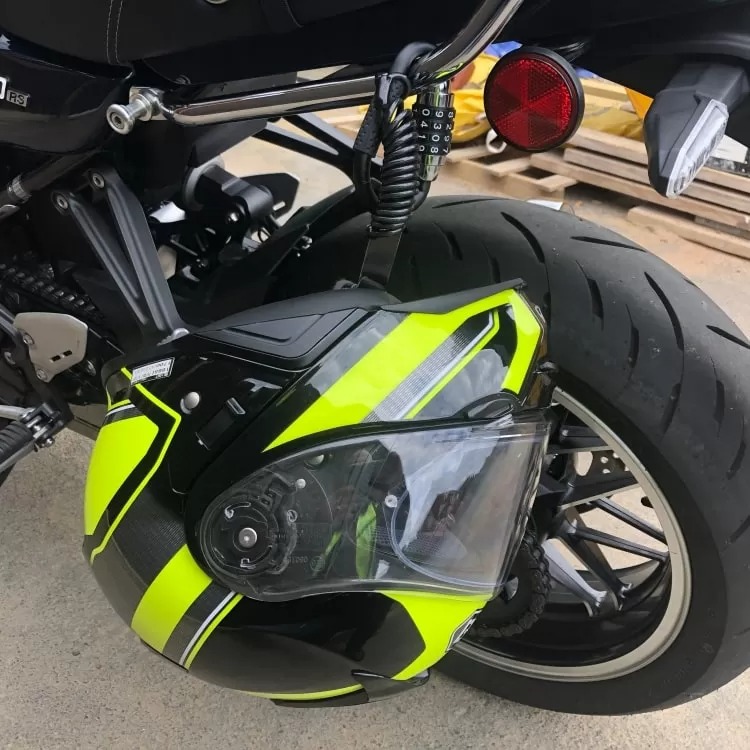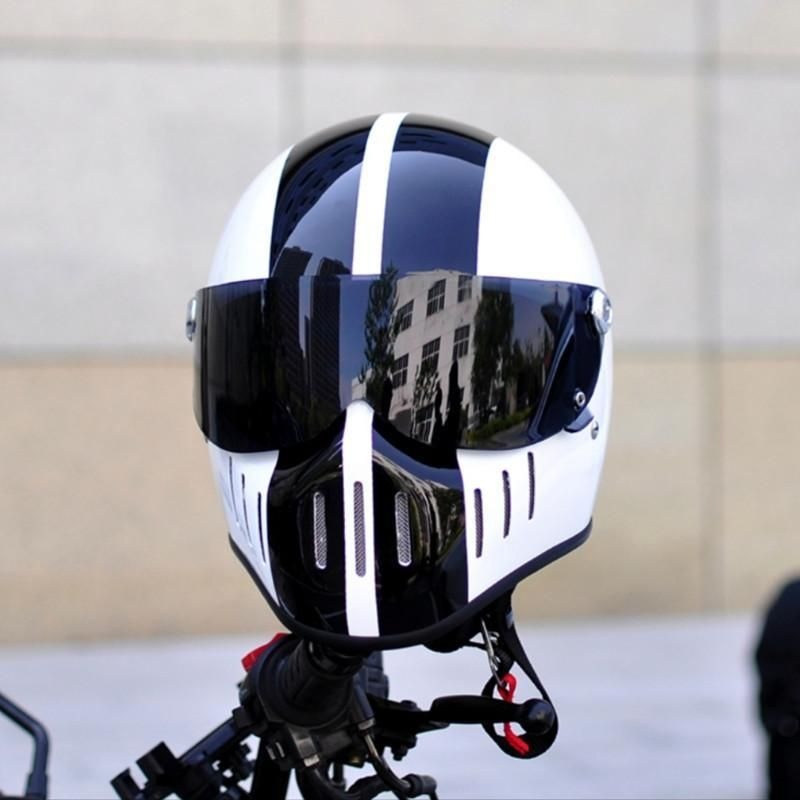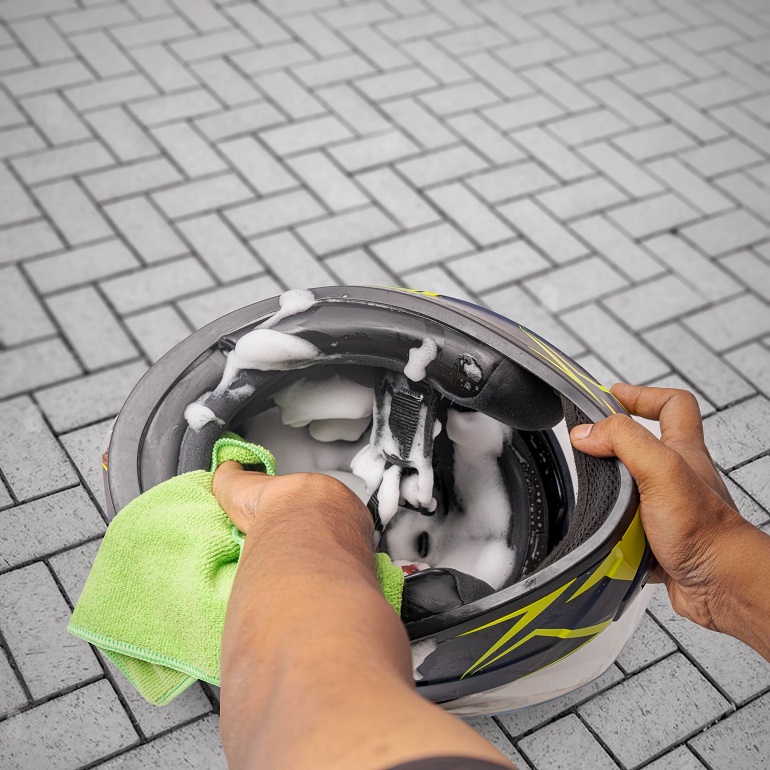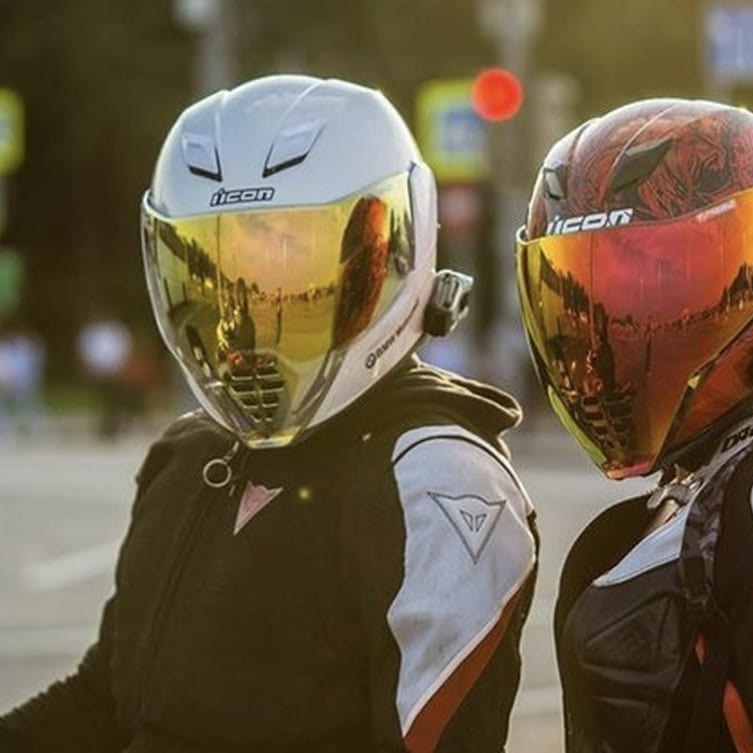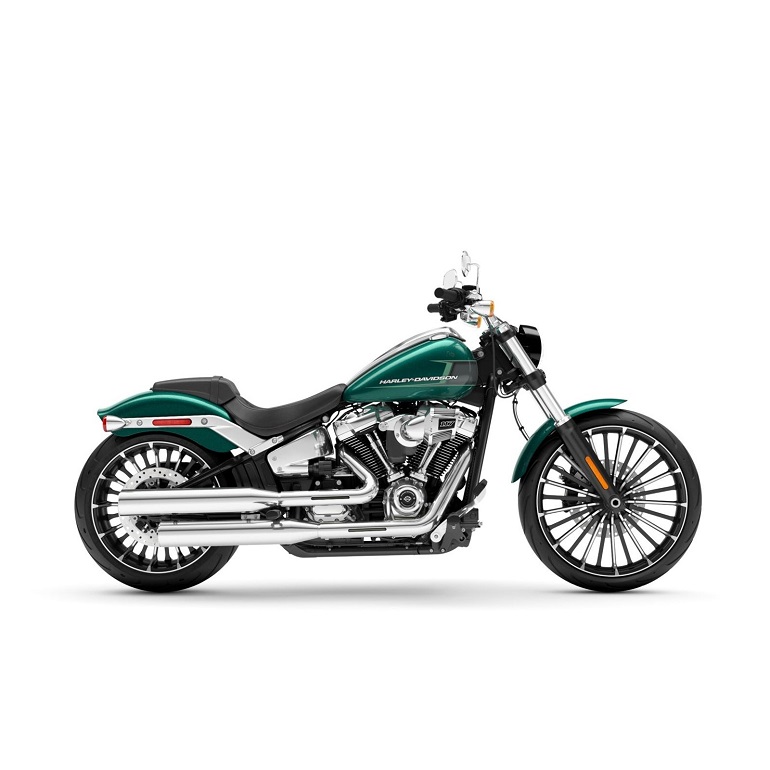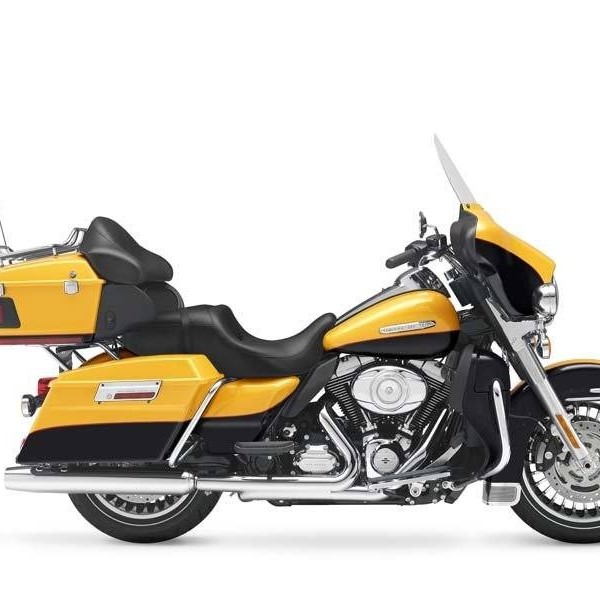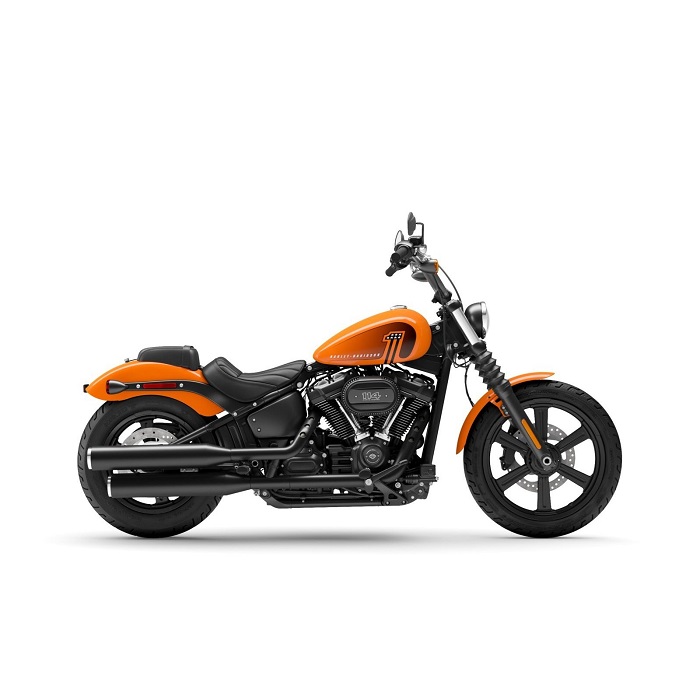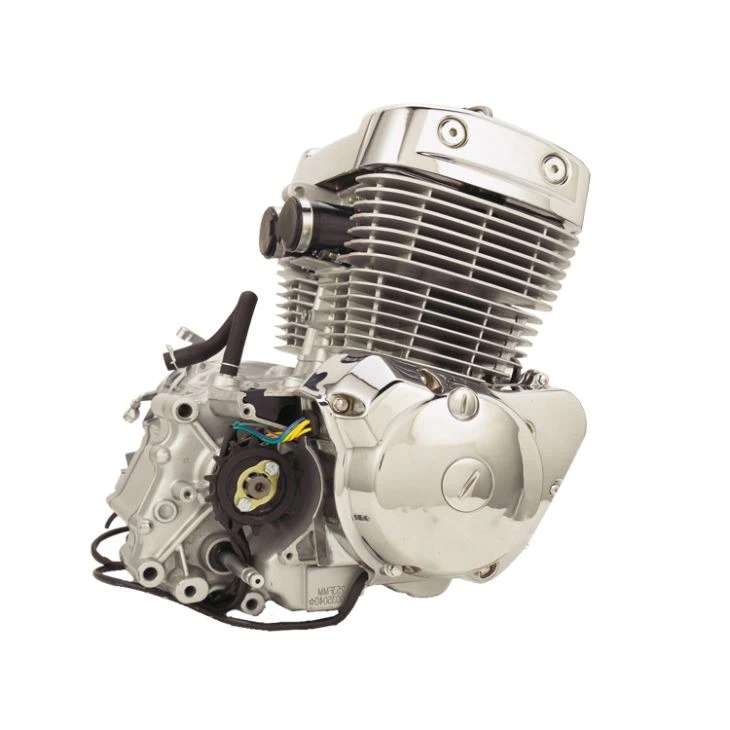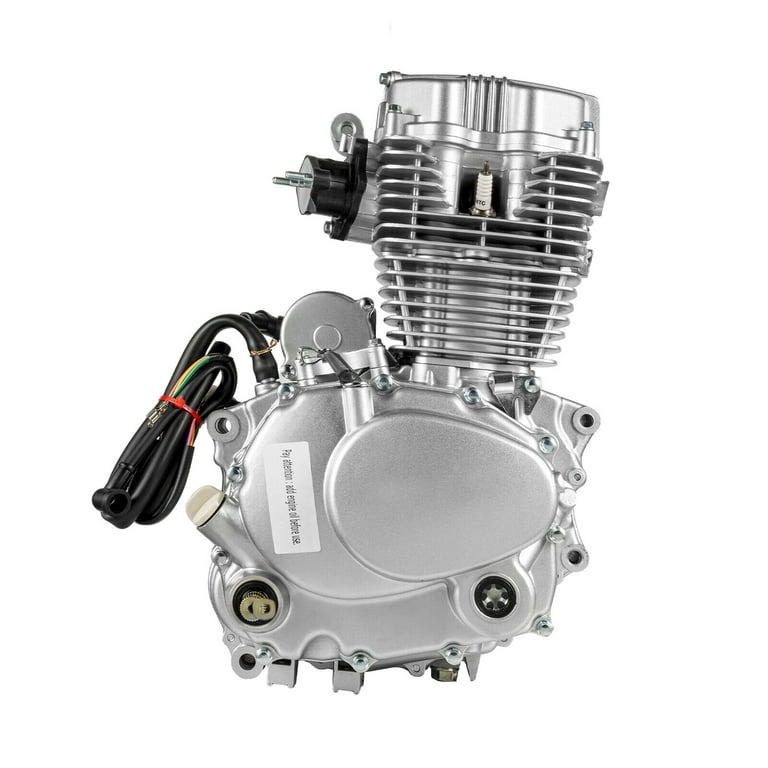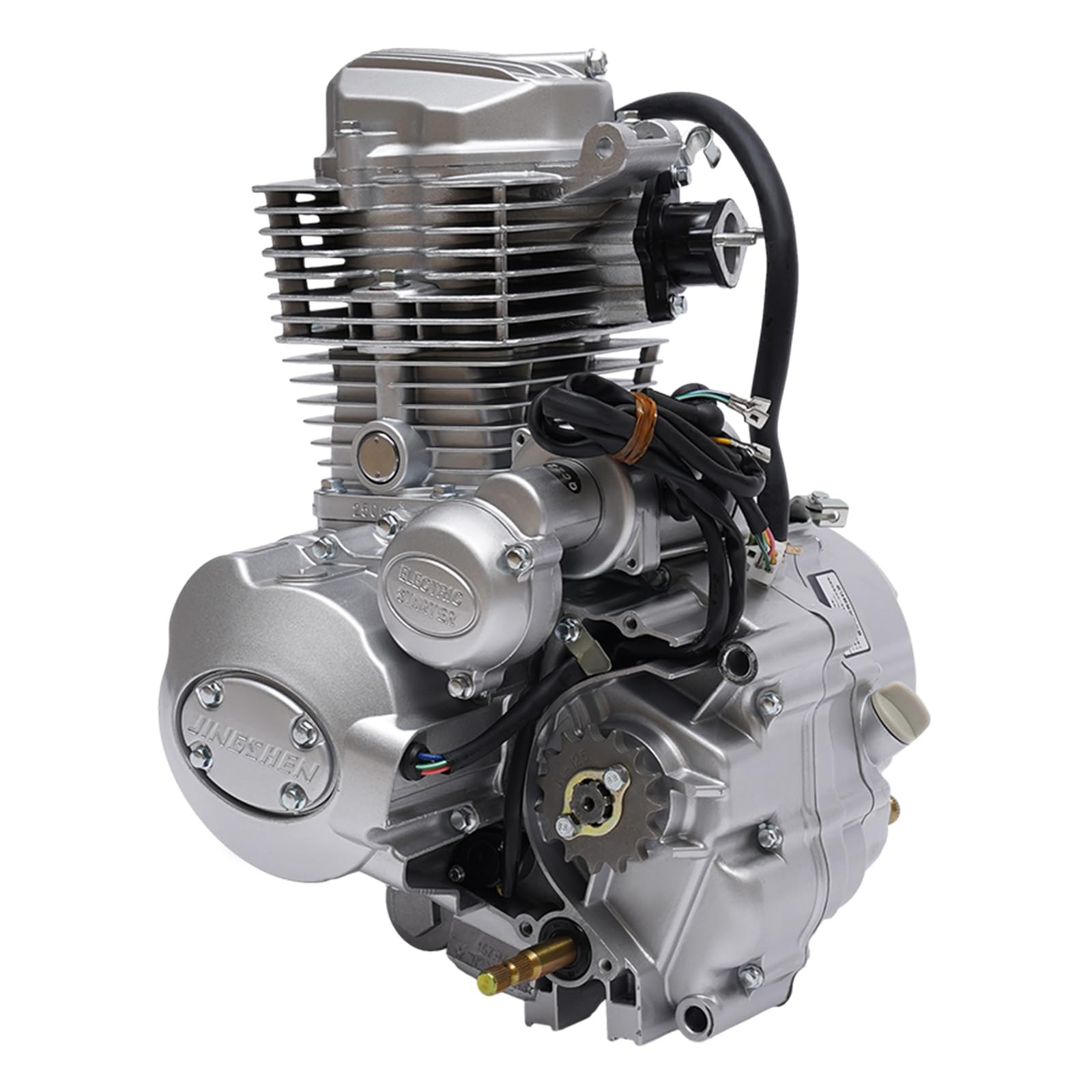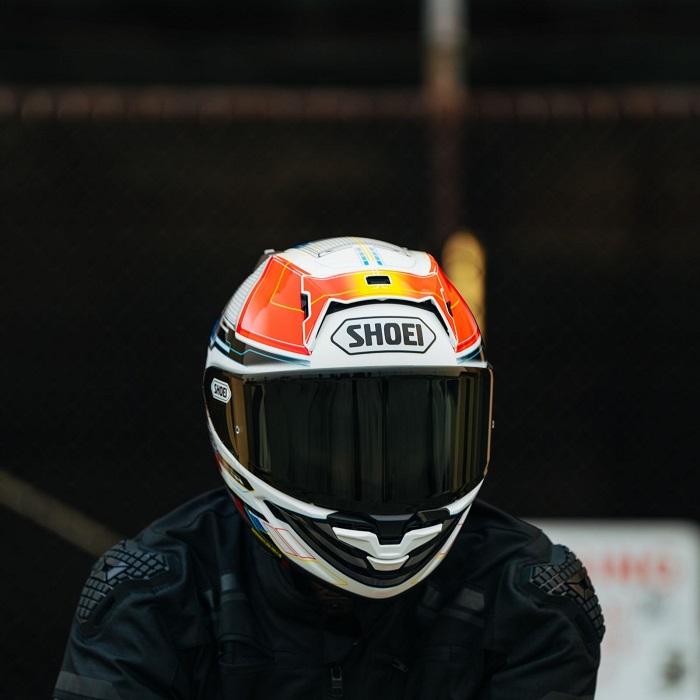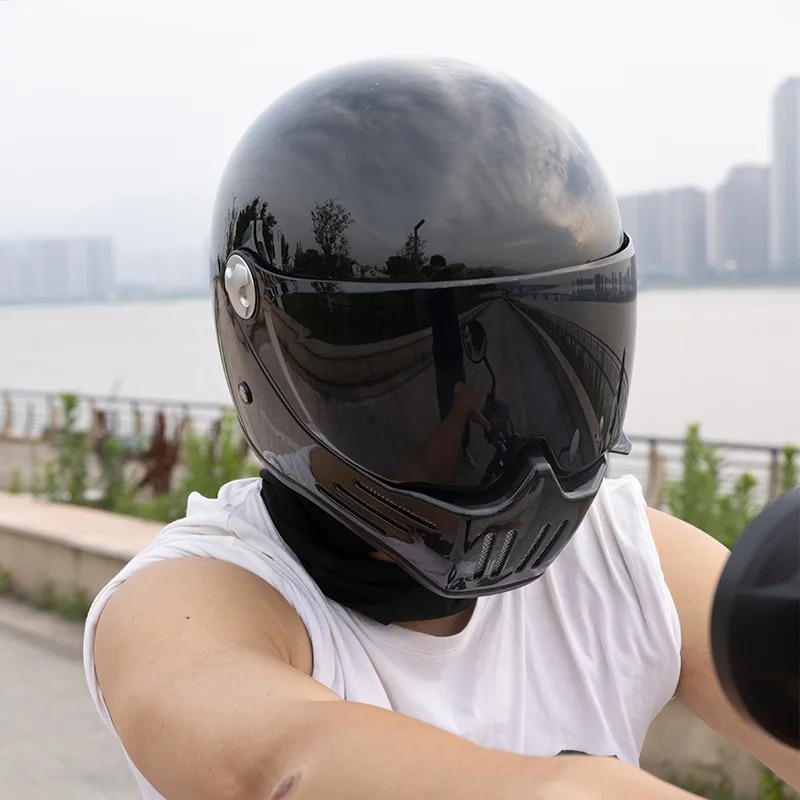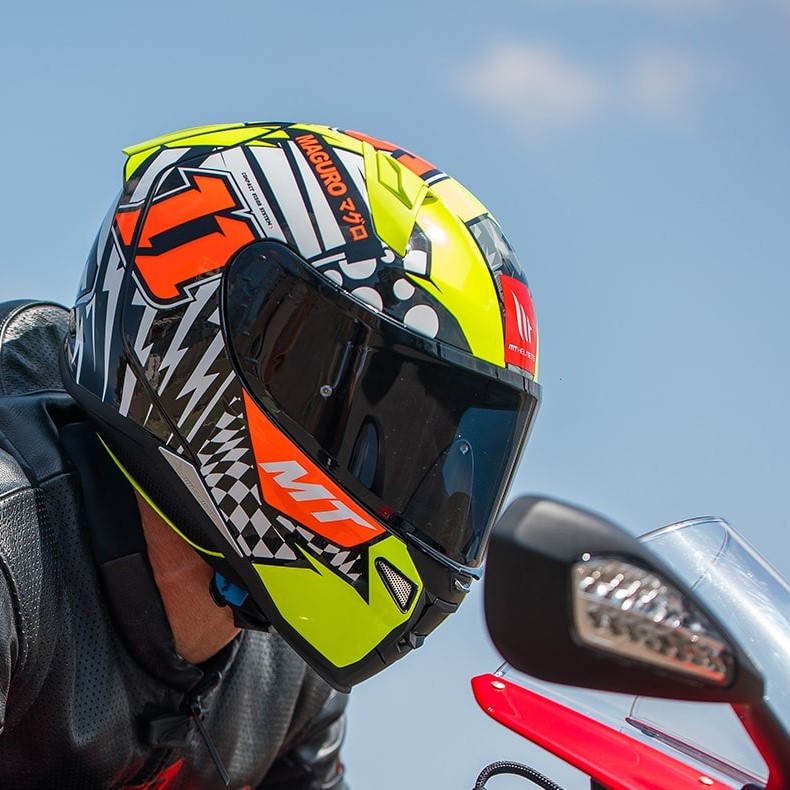Mar 5, 2025
Shift Motorcycle Gear Essentials for Riders
Importance of Proper Motorcycle Gear
Every rider knows that the road calls for high stakes, especially when it comes to safety. Wearing proper motorcycle gear is not optional; it’s a critical necessity. When you’re kitted out in the right apparel, you drastically reduce the risk of severe injury. Let’s break down why gearing up is essential before you rev up your engine.
First, gear protects your skin and bones if an accident happens. Quality helmets, jackets, gloves, and boots can be the difference between a minor injury and a life-changing one. Second, proper gear enhances visibility. Reflective materials on your gear make sure other drivers can’t miss you. Third, the gear guards against the elements. Rain, wind, sun, and cold can turn a ride sour quickly. The right apparel shields you and keeps you comfortable. Lastly, gear can improve your ride performance. It offers better grip, control, and overall riding comfort.
So, investing in good protective gear, like shift motorcycle options, pays off every mile of the journey. It’s not just about safety; it’s about ensuring every ride is as enjoyable and secure as it should be.
Essential Gear for Protective Riding
For riders, safety comes first. The road is unpredictable. Having the right gear is your best defense. Every piece of equipment serves a purpose to keep you safe.
Here’s the essential protective gear you’ll need:
- Helmets: For head protection, make sure it fits right. It’s the top safety priority.
- Jackets: They protect your upper body. Pick ones with padding and armor.
- Gloves: They safeguard your hands. You need a good grip and protection.
- Pants: They shield your legs. Look for abrasion-resistant materials.
- Boots: For foot and ankle safety. They must be sturdy and slip-resistant.
These items make up the core of your riding armor. Together, they cover you from head to toe. With shift motorcycle gear, each piece is designed for a smooth, protected ride. Quality gear can mean the difference between a close call and a visit to the hospital. Never compromise on safety. Choose gear that meets your needs and fits your riding style. Always check for wear and tear before hitting the road. Regular gear inspection ensures you stay protected every time you ride. Always gear up, even for short rides. Remember, better safe than sorry.
The Role of Shift in Motorcycle Gear
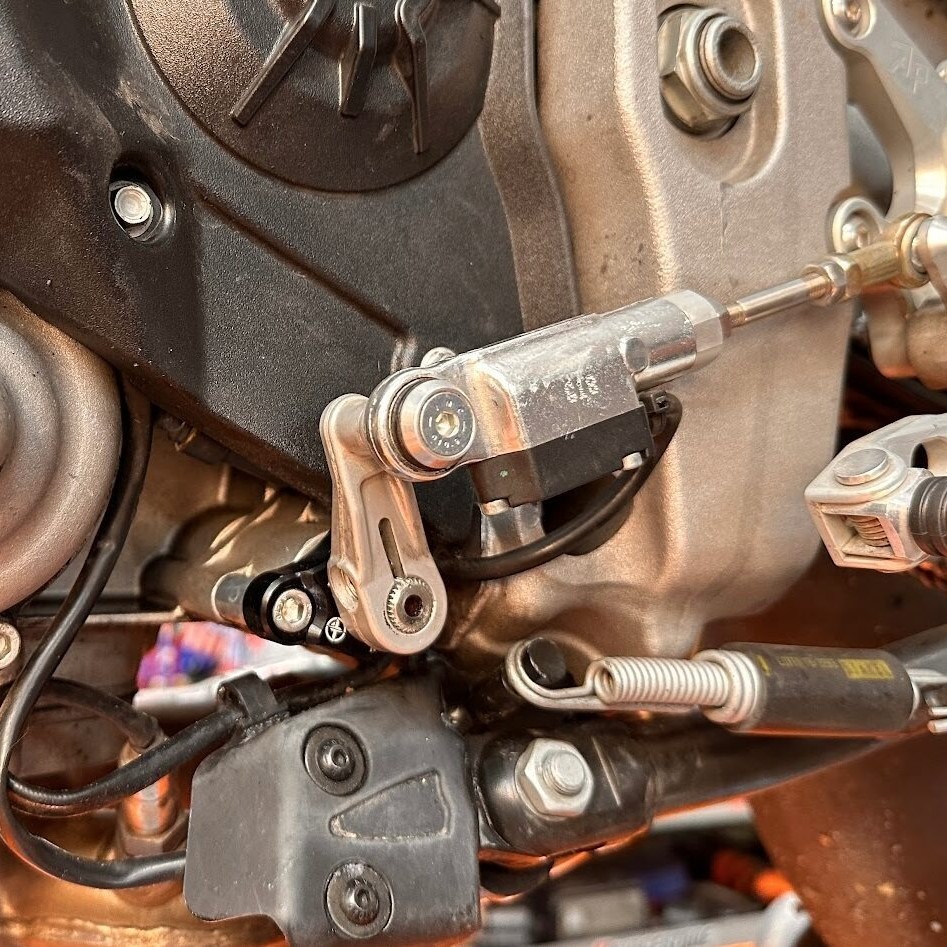
Shift motorcycle gear plays a pivotal role in any rider’s safety and comfort. This gear includes a vast array of apparel options for riders who seek both protection and style. Shift specializes in providing high-quality gear that meets safety standards and rider preferences.
Here’s how Shift stands out in the realm of motorcycle gear:
- Technology and Design: Shift gears up riders with cutting-edge technology. They design their gear for maximum protection and ease of use.
- Quality Materials: They use durable, high-performance materials. These materials withstand the rigors of riding.
- Safety Features: Shift integrates safety features like padding and reinforced armor. This adds an extra layer of protection.
- Comfort: Gear from Shift is known for its comfort. They focus on ergonomic design. This helps riders enjoy long journeys with less fatigue.
- Style: Shift doesn’t compromise on style. Their gear is sleek and modern, appealing to riders who care about how they look on their bikes.
In essence, Shift motorcycle gear is about embracing the best of both worlds: safety and style. Riders trust Shift for gear that protects, lasts, and looks good on the road.
Selecting the Right Shift Gear
Choosing the right shift motorcycle gear is crucial for your safety and comfort on the road. Riders have different needs based on their riding style, the type of bike they have, and personal preferences. Here are some tips to select the perfect shift gear for you:
- Fit is Everything: Ensure that the gear fits snugly but does not restrict movement. A good fit helps maximize protection.
- Material Matters: Look for high-quality materials that offer durability and weather resistance. Better materials can enhance safety.
- Safety Ratings: Check if the gear meets or exceeds safety standards. High safety ratings often indicate better protection.
- Versatility: Consider gear that serves multiple purposes or has adjustable features for various weather conditions.
- Personal Style: Choose gear that reflects your style. You’re more likely to wear it consistently if you like how it looks.
- Brand Reputation: Take time to research and choose a reputable brand like Shift known for its commitment to rider safety and quality gear.
Always remember that the best gear is the one you’ll wear every time you ride. Make smart choices, prioritize safety, and never compromise on quality.
Innovative Features of Shift Motorcycle Apparel
Shift motorcycle apparel is setting new standards in riding gear. Their innovative features are what make them stand out. Here’s a look at some cutting-edge aspects of Shift gear:
- Advanced Fabric Technology: Shift uses materials that offer superior protection and durability. They resist abrasion and tear, which is crucial during falls or slides.
- Climate Control: Many Shift jackets and pants come with ventilation systems. These regulate body temperature and ensure comfort in different weather conditions.
- Ergonomic Design: Shift gear fits the natural contours of your body. This design grants you ease of movement and reduces fatigue on long rides.
- Safety Integration: From reinforced stitching to integrated armor, Shift focuses on safety. They include features that absorb and distribute impact force in the event of a crash.
- Reflective Elements: To enhance visibility, Shift incorporates reflective details. These make you more noticeable in low light or at night, reducing the chance of accidents.
- Adjustability: Riders vary in shape and size, so Shift offers adjustable straps and fittings. This ensures a personalized fit that maximizes safety and comfort.
By choosing Shift motorcycle apparel, riders invest in gear that’s not just protective, but also advanced. The brand continuously innovates to meet the ever-changing demands of modern riders. Stay protected and ride with confidence in Shift gear.
The Aesthetic Aspect of Shift Riding Gear
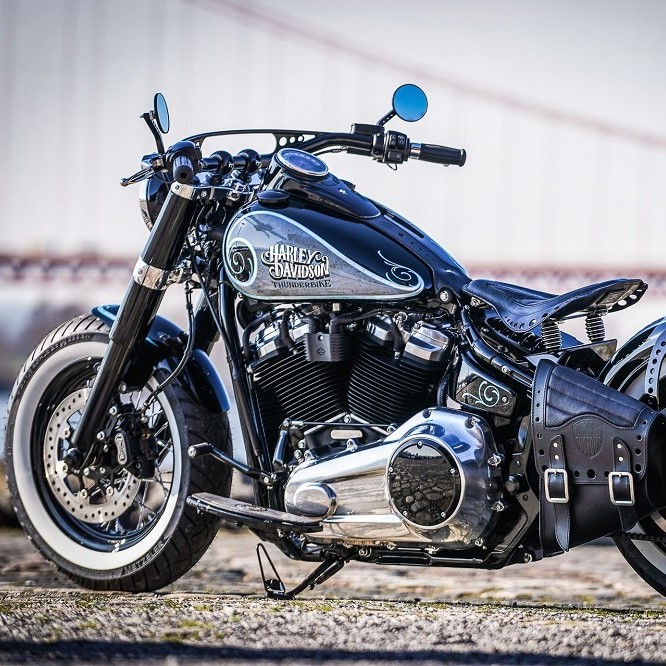
While safety is paramount, the aesthetic appeal of shift motorcycle gear also plays a big part in rider satisfaction. Stylish gear can boost a rider’s confidence and reflect their personality. Shift understands this well, and it’s evident in every piece of apparel they create.
Here’s why the look of Shift gear is just as important as its safety features:
- Modern Designs: Shift gear features contemporary styles that riders love. These designs look good both on and off the bike.
- Color Choices: Shift offers a variety of colors. Riders can pick gear that matches their bike or their favorite shade.
- Fitting Silhouettes: The gear hugs the body in the right places. It’s tailored to look good, which makes riders feel great.
- Attention to Detail: Small touches like logos, patterns, and accents stand out. They showcase a rider’s attention to detail and taste.
- Customizable Options: Some Shift gear comes with customizable features. Riders can tweak their look to make a personal statement.
Riders don’t have to choose between safety and style with Shift. They get gear that keeps them safe and looks sharp at the same time. This dual focus ensures riders feel proud to wear their gear every time they hit the road. Keep your safety gear on point and your style game strong with Shift motorcycle gear.
Maintaining and Caring for Your Shift Gear

To keep your shift motorcycle gear in top condition, regular maintenance is key. Whether you’re coming back from a long ride or prepping for the next one, here’s what you need to do:
- Clean Regularly: Wipe down your gear after each ride. For helmets, use a mild soap on the visor. Jackets and pants need a damp cloth for surface dirt.
- Check for Damage: Look over your gear for tears or weak spots. Finding issues early can prevent them from getting worse.
- Condition Leather: If your gear has leather parts, use conditioner. This makes the leather soft and prevents cracks.
- Store Properly: Hang your gear in a cool, dry place. Avoid direct sunlight that can fade and weaken the material.
- Follow Washing Instructions: Gear with fabrics may need washing. Always follow the label instructions. Use gentle detergents and avoid the dryer.
- Replace When Needed: Gear won’t last forever. If it’s damaged or worn out, it’s time for a new set.
By taking care of your shift gear, you ensure it stays protective and looks good. Clean and inspect it often. This will help you stay safe and comfortable on all your rides. Remember, taking a bit of time for gear maintenance can save you much more in the long run.
More Details